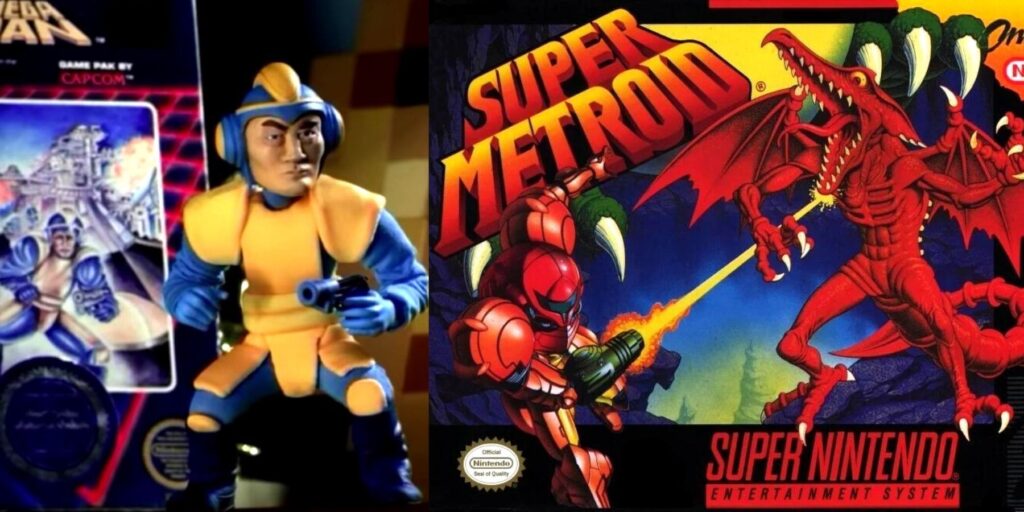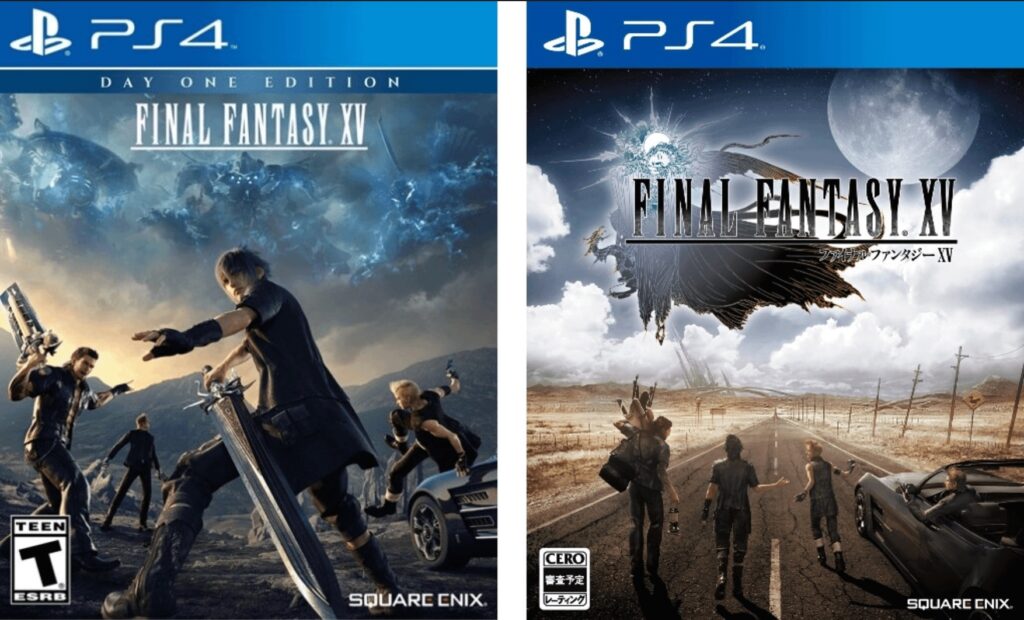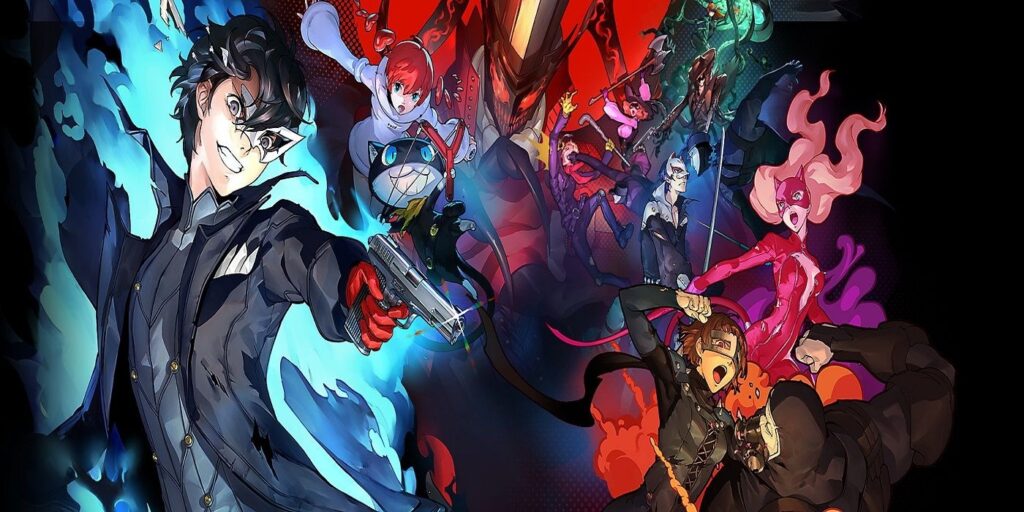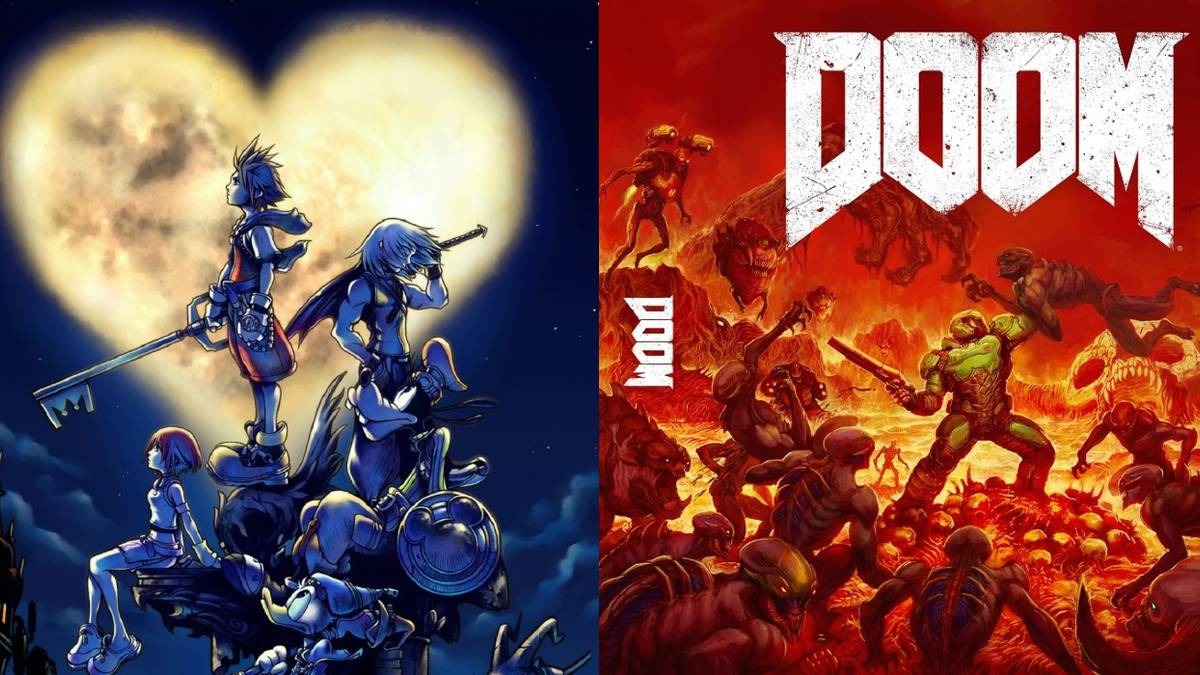Before YouTube trailers, influencer reviews, or gameplay previews — the box art was everything.
It was the first handshake, the first impression, and often the only clue to what adventure waited inside the cartridge.
For retro gamers and collectors today, box art isn’t just packaging — it’s storytelling frozen in time. Each cover represents the artistry, marketing flair, and imagination of a bygone era when visuals had to sell a fantasy in seconds.
At Oldies Nest, we explore why collectors cherish these miniature canvases — and how box art became one of the most beloved symbols of gaming history.
When the Box Was the Game
In the early days of gaming — especially in the 1980s and early 1990s — players didn’t have screenshots, online reviews, or demo reels.
All they had was a box on a store shelf.
Publishers knew this, and so every inch of that cover had to work hard:
- Bold colors drew eyes from across the aisle.
- Dramatic illustrations made 8-bit sprites look larger than life.
- Catchy taglines promised excitement that the hardware couldn’t yet show.
Think of the difference between the blocky hero in Metroid (NES) and the fierce, sci-fi goddess on its cover. Or the cinematic intensity of Castlevania’s art compared to its pixel reality.
These covers weren’t deception — they were imagination fuel.
The Golden Age of Box Art

The 80s and early 90s were the golden age of hand-painted covers.
Games didn’t rely on in-game graphics to sell; they relied on artists who understood the power of visual storytelling.
Some of the era’s most iconic examples include:
- Mega Man (NES) — often mocked for its awkward art, yet now loved for its campy charm.
- Super Metroid (SNES) — cinematic, moody, and evocative of 80s sci-fi films.
- The Legend of Zelda (NES) — minimalist yet regal, signaling timeless adventure.
- Phantasy Star II (Genesis) — anime-inspired and futuristic, blending cultures visually.
Artists like Greg Winters (Mega Man 2, Contra), Tom DuBois (Castlevania series), and Roger Loveless (Super Castlevania IV) created covers that are now considered collectible art in their own right.
They painted dreams onto cardboard.
Western vs. Japanese Box Art: Two Different Worlds
One of the most fascinating aspects of collecting retro box art is how dramatically Japanese and Western designs differed.

In Japan, covers leaned into minimalism, emotion, and character focus. Box art for Famicom and Super Famicom titles often used soft tones, anime-style illustrations, and a clean layout.
Meanwhile, in the U.S. and Europe, publishers demanded aggression and realism — box art that “looked cool” to Western audiences.
As we discussed in The Influence of Japanese Gaming Culture in the 80s and 90s, this cultural gap led to fascinating contrasts:
- Mega Man’s Japanese art looked like a heroic anime poster. The American version? A middle-aged man in blue spandex.
- Kirby’s Dream Land portrayed Kirby smiling in Japan, but scowling in the U.S. because marketers thought “angry sells.”
Collectors today love comparing these versions — not for superiority, but for what they reveal about how games were perceived differently around the world.
The Emotional Pull of Nostalgia
For many collectors, box art represents something deeper than visual appeal — it’s memory made tangible.
Seeing a pristine copy of DuckTales, Chrono Trigger, or Sonic the Hedgehog instantly transports players back to their childhood bedrooms, the hum of CRT screens, and Saturday mornings spent saving princesses or collecting rings.
Even worn corners, faded edges, or rental stickers tell stories. They carry the fingerprints of time — proof that this object was loved. Physical artifacts like box art are a bridge between eras — connecting who we were as kids with who we’ve become as fans.
Box Art as Marketing, Art, and Cultural Mirror
Box art existed at the intersection of commerce and creativity. It had to sell games while reflecting the era’s aesthetic trends.

- In the 80s, Western box art often borrowed from pulp comics and action movie posters.
- By the 90s, designs leaned toward realism and digital art, reflecting the rise of CGI.
- In Japan, manga-influenced covers flourished — their emotional expressiveness influencing global trends.
Through these shifts, box art became a cultural artifact — revealing not just how games looked, but how society viewed them.
Collectors appreciate this duality: each box is both a commercial product and a work of art.
The Rise of Collector Culture
In the 2000s and beyond, as retro gaming exploded, box art collecting became a serious hobby.
Original boxed copies of EarthBound, Chrono Trigger, and Panzer Dragoon Saga can sell for thousands of dollars.
Why? Because complete-in-box (CIB) sets are rare. Most gamers in the 90s tossed the boxes after purchase. The few who didn’t unintentionally preserved history.
Collectors now treat box art with museum-level care — using acrylic cases, UV-protected sleeves, and graded certification.
It’s not just nostalgia — it’s curation of visual culture.
The Design Language of Retro Box Art
Collectors often analyze design trends that define specific eras:
- 1980s: Hand-painted fantasy, bold typography, surreal colors.
- 1990s: 3D renderings, metallic gradients, extreme poses (hello, PlayStation era).
- Japanese Famicom/SNES: Whimsical art with clean composition, more focus on emotion than realism.
Each tells a story — not just of the game, but of the time it was made.
As noted in Pixel Art: A Lasting Legacy of Retro Gaming, the constraints of the era led to creativity. Artists couldn’t rely on screenshots; they had to imagine worlds larger than the pixels could show.
Box art was the bridge between imagination and reality — and collectors still feel that magic today.
Modern Appreciation: Box Art as Gallery
Today, gaming exhibitions and retro conventions often dedicate space to box art displays.
From the crisp gold of Zelda to the gothic allure of Castlevania, these covers are viewed as pop culture paintings worthy of preservation.
Publishers like Limited Run Games and iam8bit have even revived the art of physical releases — commissioning new retro-style covers for modern titles.
And on social media, collectors proudly share their shelves — not for bragging rights, but for aesthetic joy.
Rows of colorful spines, pristine plastic sleeves, and perfectly preserved manuals create visual harmony that only true enthusiasts understand.
Digital vs. Physical: Why the Box Still Matters
In today’s digital era, the charm of physical boxes might seem obsolete — yet collectors prove otherwise.
Digital downloads are convenient, but they lack texture, smell, and weight. There’s no manual to flip through, no art to admire, no shelf to display.
For collectors, the box represents tangibility — proof that gaming was once something you could hold.
It’s the difference between listening to a song on Spotify and owning a vinyl record.
Both deliver the same content, but only one holds the soul of the experience.
The Legacy: Boxes as Portals to Imagination
Every collector has that one box that started it all — the one they saw in a store window, begged their parents for, or rediscovered decades later on eBay.
Those covers were more than marketing. They were portals — gateways to other worlds drawn in oil paint, pencil, or pixels.
Each one holds a story:
- The artist who poured passion into it.
- The player who dreamed because of it.
- The collector who treasures it now.
When you line up those boxes on a shelf, you’re not just displaying games — you’re curating memories.
Conclusion: Why Box Art Endures
Collectors don’t just love box art because it’s rare or valuable — they love it because it captures the heart of gaming’s golden age.
It’s where design met desire, and where imagination met ink.
The glossy cardboard, the vibrant colors, the epic poses — they’re echoes of a time when every purchase felt like opening a portal to adventure.
And as long as collectors keep preserving them, those portals will never close.
Because every box tells a story. And in the world of retro gaming, the art outside mattered just as much as the game inside.




